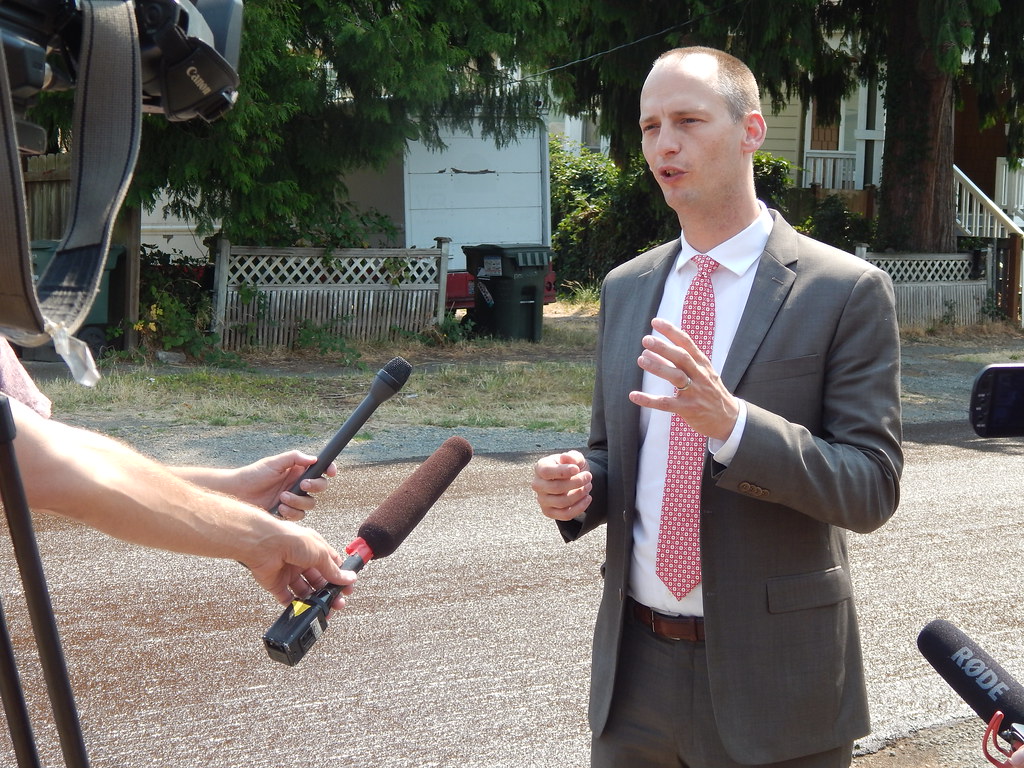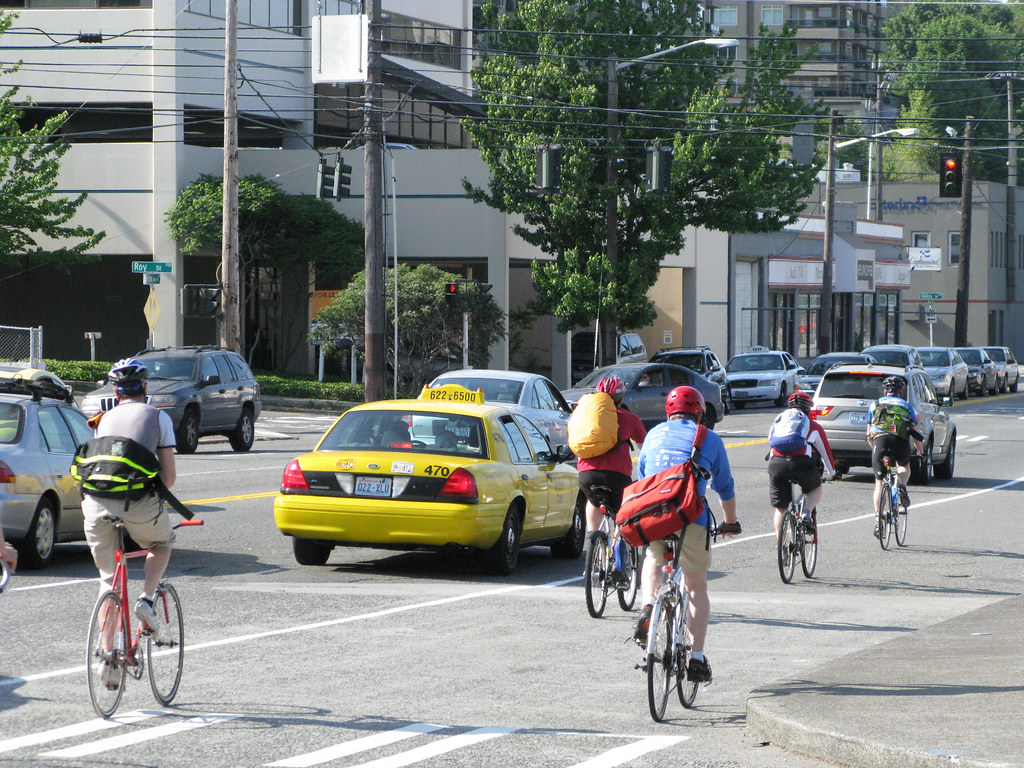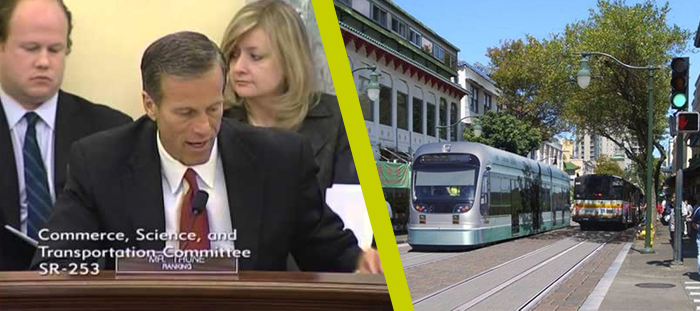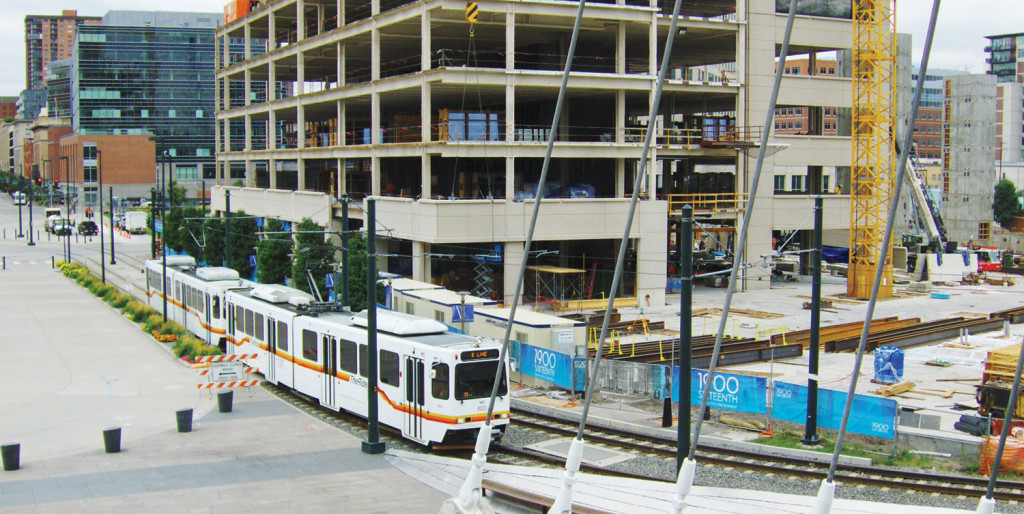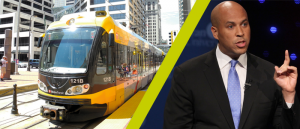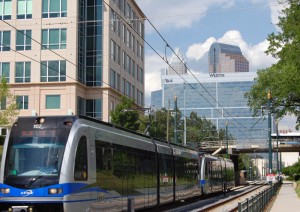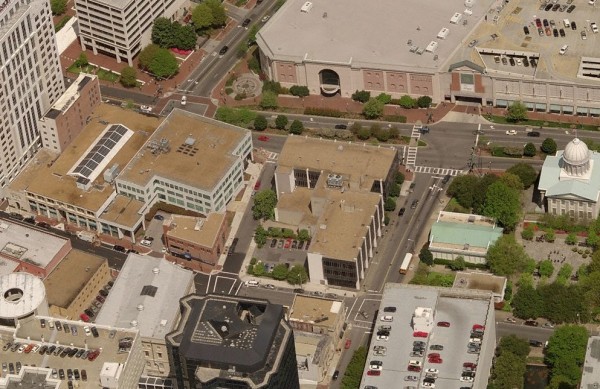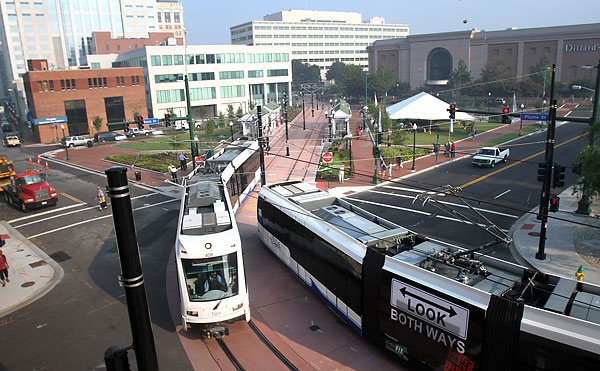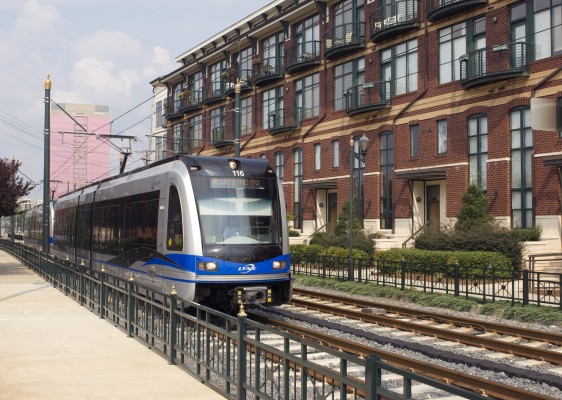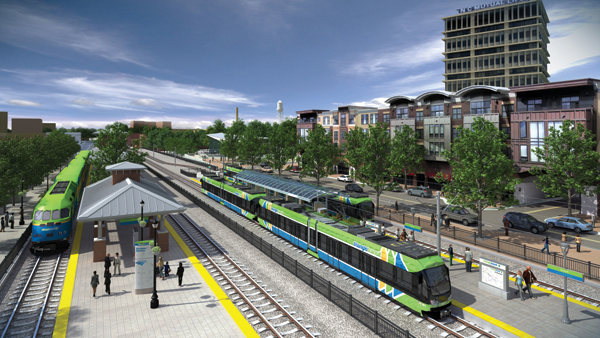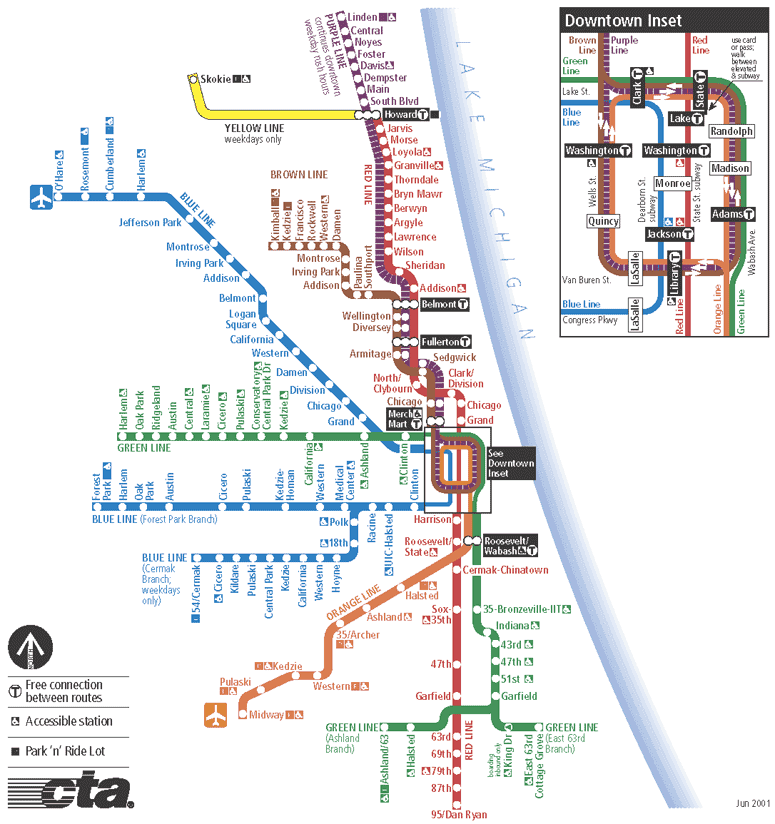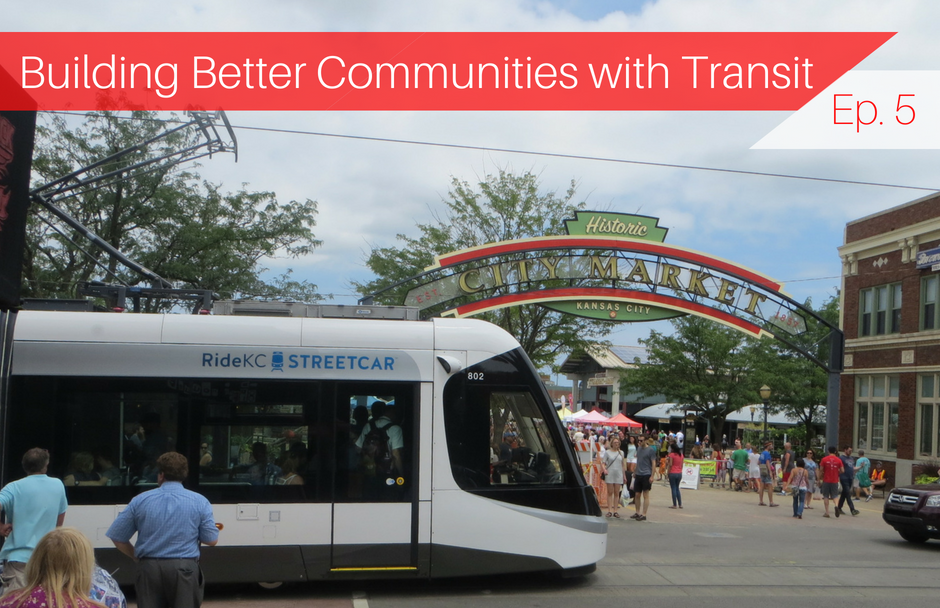
Cities across the country have been turning to transit-oriented development (TOD) as a way to build communities with greater opportunity for all of their residents. A new podcast from our Smart Growth America colleagues explores some great TOD projects around the country and the lessons that others have learned.
Younger and older Americans alike are seeking out accessible, vibrant, and transit-connected neighborhoods to live, work, or age-in-place. But with a dearth of these types of neighborhoods being provided by a market tilted towards single-use suburban development, renting or buying in these places is often unaffordable for many. And with a housing crisis in full swing across much of America—where a lack of new housing is making large swaths of urban areas unaffordable to low- and middle-income residents—focusing new housing around transit is an obvious solution.
Fortunately, there are a lot of great examples of communities pursuing this as a solution, and their lessons can be informative for other communities considering their own transit-oriented development (TOD) projects or policies.
Building Better Communities with Transit, a podcast produced by Smart Growth America in partnership with the Federal Transit Administration, shares the stories of communities that are addressing the challenges of executing TOD. From novel ways to fund transit lines in Kansas City, MO, to new a ‘smart city’ concept along a commuter rail line in Denver, CO, to equitable development in Somerville, MA, this podcast covers a range of specific topics, and each month a new episodes expands the offerings.
Whether you are an advocate or a practitioner working on these issues in your community, this podcast has something for everyone. Listen and subscribe on iTunes, Stitcher, SoundCloud, or wherever you get your podcasts to catch a new episode each month!
Check out the most recent episodes below:
Episode 5: KC Streetcar: A demonstration of the possible
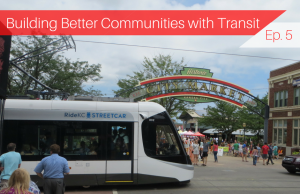
In 2016, Kansas City, MO opened the first streetcar the city has seen in almost 60 years and transformed the city’s downtown. In this episode, we’re joined by the Executive Director of the KC Streetcar Authority, Tom Gerend. According to Tom, former skeptics of the line are now some of the KC Streetcar’s biggest proponents as businesses have boomed and more people are moving to—and spending money in—the center city. The 2.2 mile KC Streetcar, akin to a downtown circulator, is “a demonstration of the possible.”
Episode 4: Reconnecting Somerville with transit
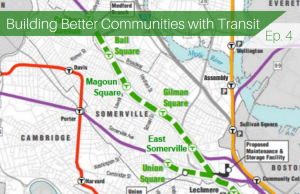
Somerville, MA sits just north of Boston and Cambridge, but is largely unconnected to the region’s network of capacity rail transit. But health and environmental justice issues in the community have finally pushed the city and region to extend the Green Line from Boston. In this episode, Somerville Mayor Joseph Curtatone talks about how the community is working together on plans for future transit-oriented development around the Green Line Extension, and how that process can be recreated in the future.
Episode 3: Albuquerque investing in place

Albuquerque, NM is home to the nation’s first gold-standard bus rapid transit (BRT) line which began limited operations late last year. To learn more about the new Albuquerque Rapid Transit line (affectionately known as ART), we spoke with Brian Reilly, one planners for line, about the integration of transportation and land use in Albuquerque. As Reilly explains, ART forms a frequent and reliable backbone for Albuquerque’s entire transportation system and dovetails with the city’s focus on redevelopment along the Central Avenue corridor where ART runs.
Episode 2: Decarbonize the city, a few blocks at a time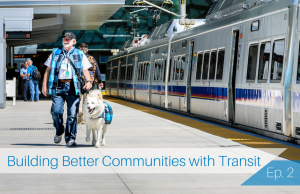
In this episode, we explore a new smart city concept taking shape in Denver, CO: Peña Station Next—a new smart city concept on Denver RTD’s A Line commuter rail. Podcast host Jeff Wood talks with George Karayannis, vice president of CityNow, the smart city arm of Panasonic Corporation. Karayannis discusses smart cities, how to think beyond shiny new technology, and what it means for cities thinking about the future. Peña Station Next will eventually include residential, commercial, and retail space.
See the full post announcing the first episode, Taming Pittsburgh’s hostile streets.




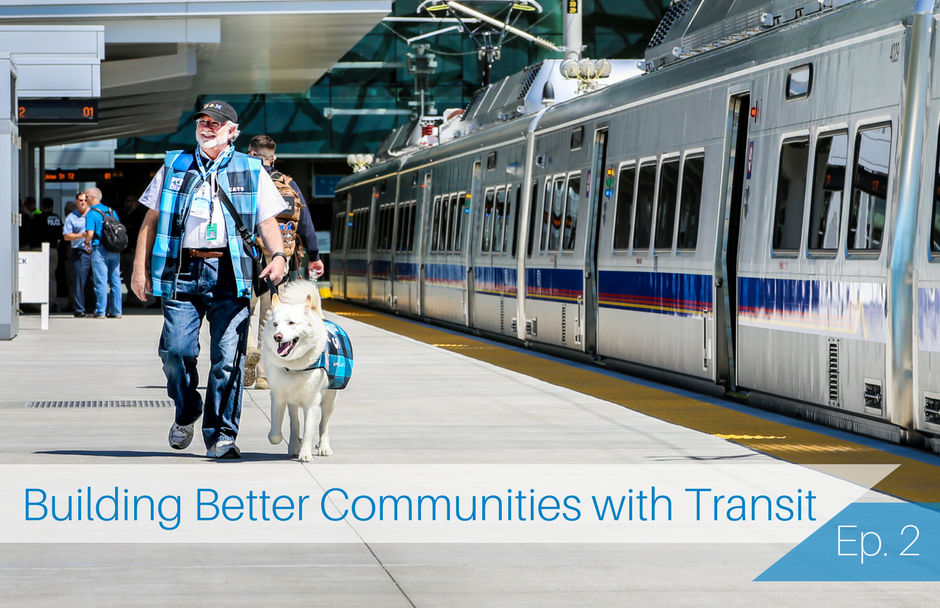



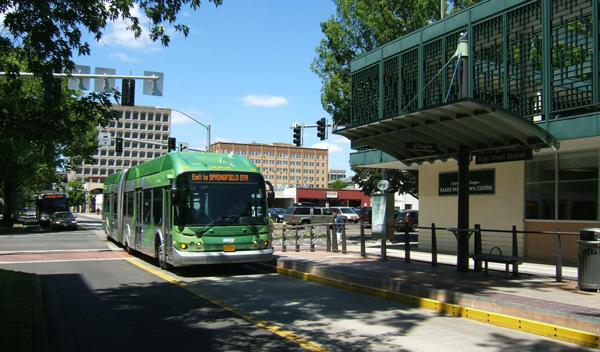

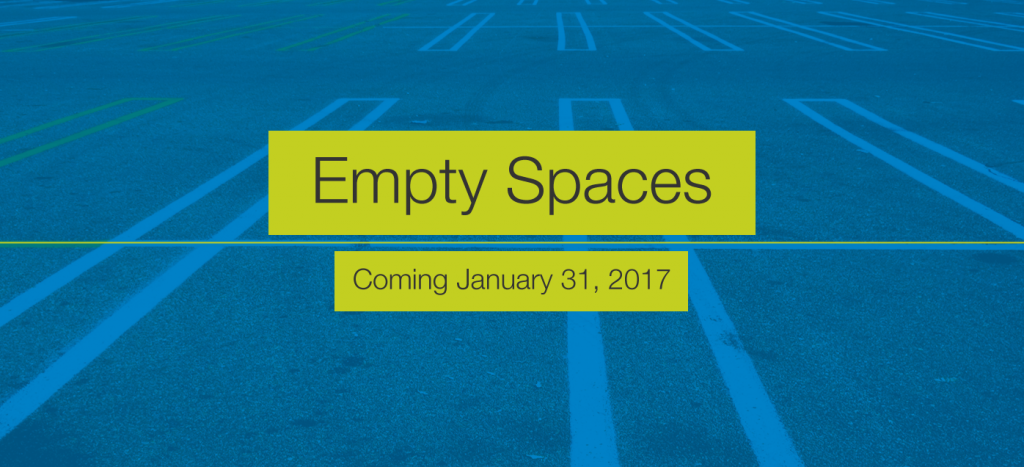



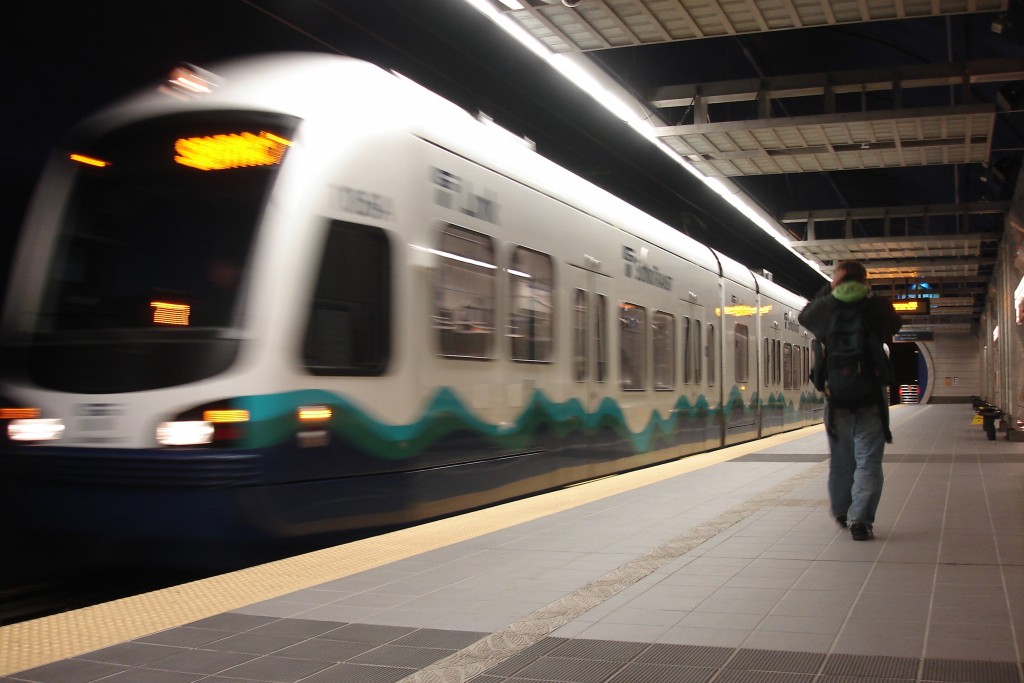

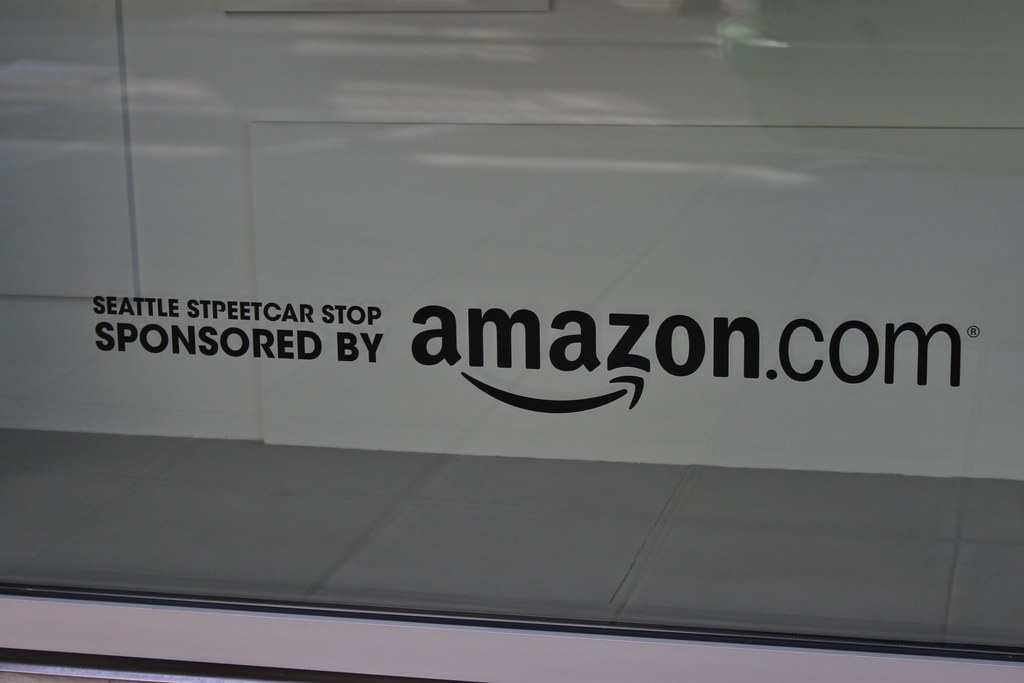 Yet if the region doesn’t continue making smart transportation investments and developing the kind of policies that have already reduced the share of people commuting alone by car into downtown, that prosperity could be threatened — killing the goose that laid the golden egg.
Yet if the region doesn’t continue making smart transportation investments and developing the kind of policies that have already reduced the share of people commuting alone by car into downtown, that prosperity could be threatened — killing the goose that laid the golden egg.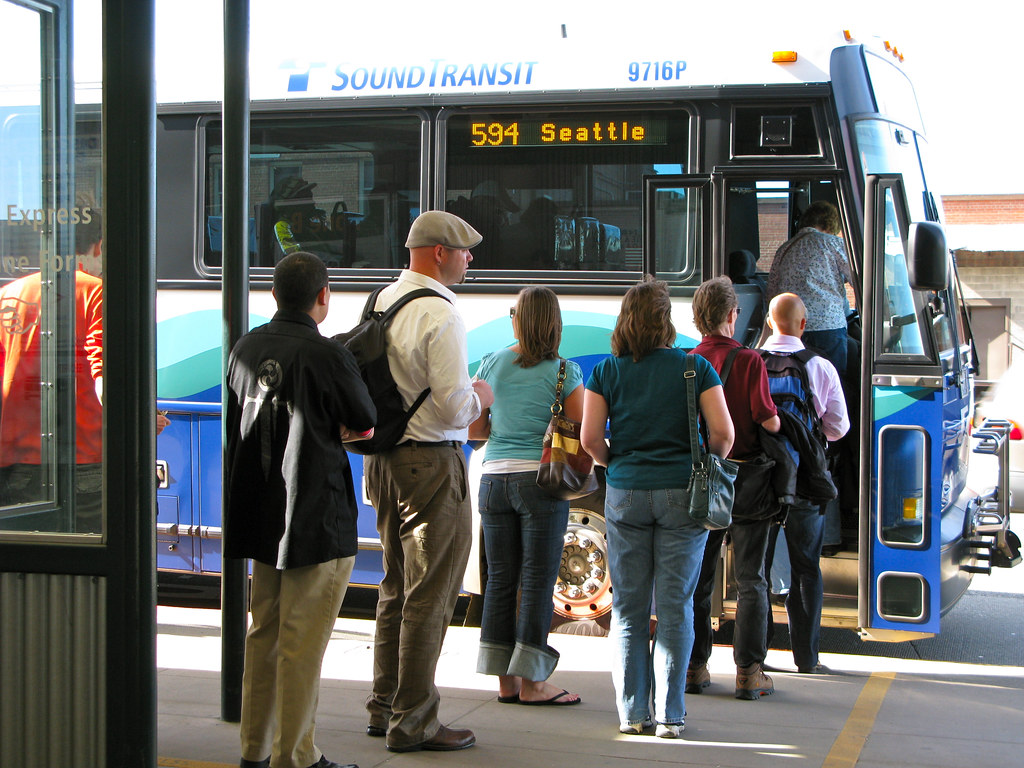
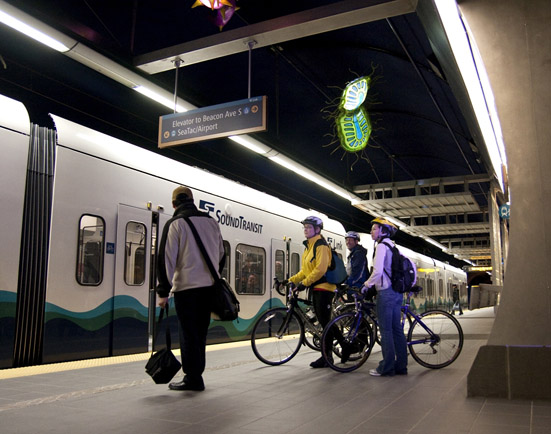 To address this Seattle worked with the business community and Metro to incrementally improve 3rd Avenue and set aside space for use as a transit mall. If you visit 3rd Avenue at 5 p.m., you’ll be struck by the volume of buses and the crowds of passengers boarding them.
To address this Seattle worked with the business community and Metro to incrementally improve 3rd Avenue and set aside space for use as a transit mall. If you visit 3rd Avenue at 5 p.m., you’ll be struck by the volume of buses and the crowds of passengers boarding them.